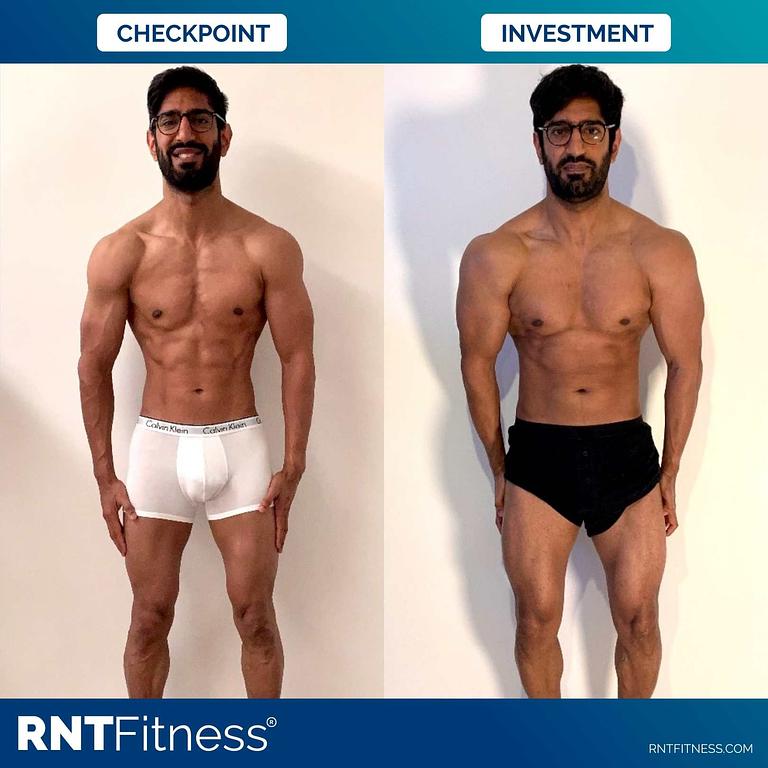You Don’t Have To Be Another Statistic
- A desire to improve their nutritional literacy (learning how to cook, meal prep, read labels, eat out sensibly, understand calories and macronutrients at a base level).
- Find productive ways outside of comfort eating to deal with stress/emotions.
- Take a more “trial and error” approach vs an “all or nothing” approach.
- Discover all the other benefits that come from eating healthy and being active outside of just fat loss or muscle building.
- Understand that they will need to make some changes in the way they live their life.
- Understand that the process can take anywhere between 12-24 months.
Shredded Physique Does NOT = Lifestyle Physique
We have definitely come a long way since then but with the rise of social media and various fitness influencers, the idea of “the more definition you have, the better” permeates so much despite all the science showing just how detrimental low body fat levels can be. If you were to look at the health markers for all of these women who are maintaining abs year round, you would see the most if not all, of the following:
- Complete loss of menstrual cycle (amenorrhea) or a very irregular/unpredictable cycle (oligomenorrhea).
- Infertility.
- Low luteinizing hormone.
- Low estrogen and progesterone.
- Bone degradation/ Osteoporosis.
- Digestive issues.
- Hair loss/alopecia.
- Lethargy.
- Loss in strength.
- Degradation of performance.
- Disordered eating patterns.
- High food focus.
The Female Athlete Triad
How Do I Know I’m In A Healthy Place?
What About Men?


.png)